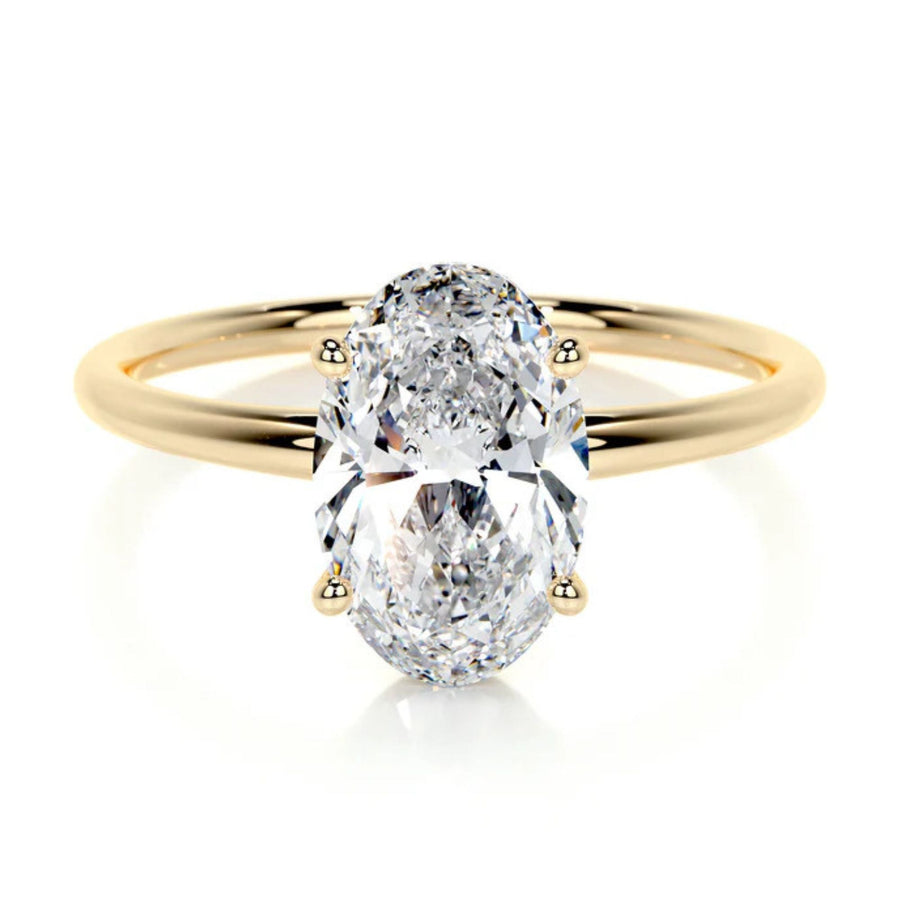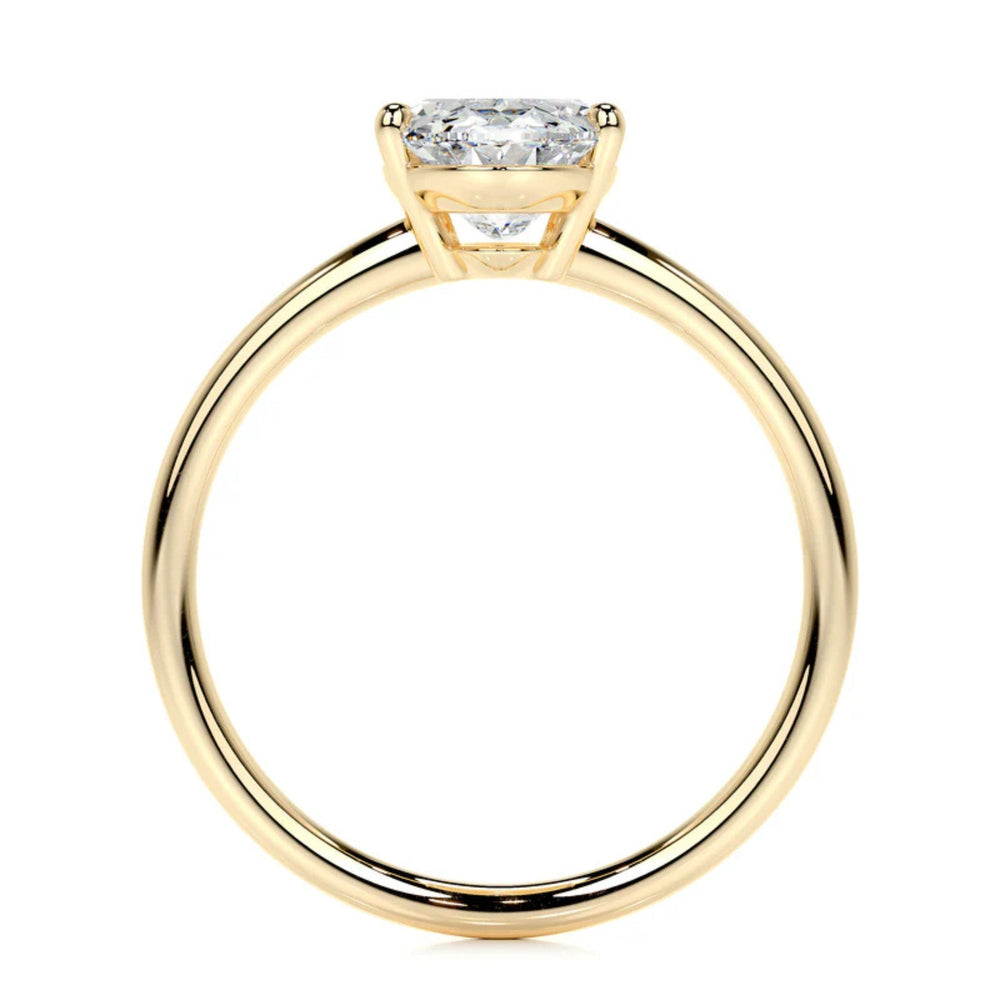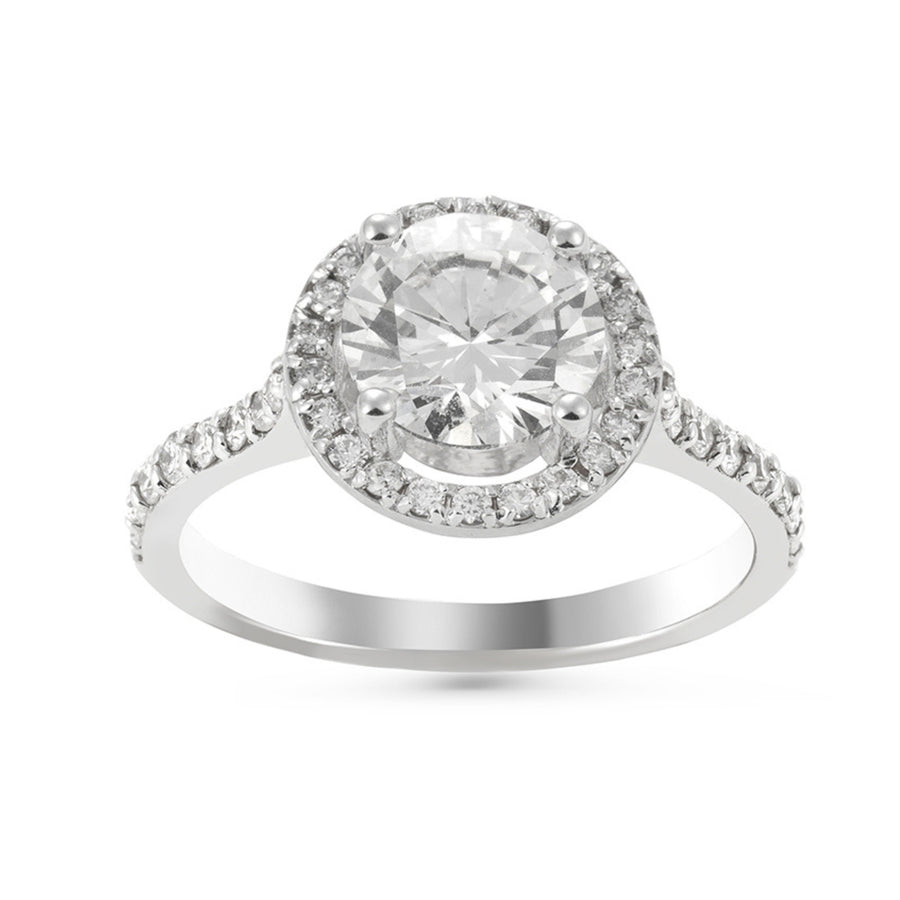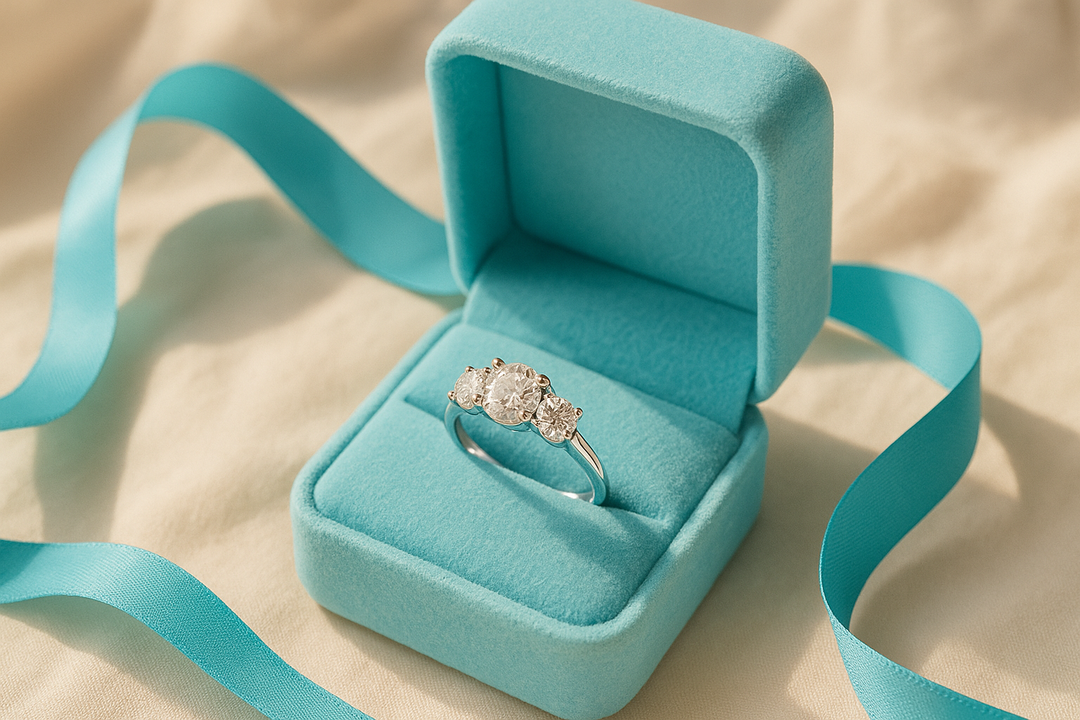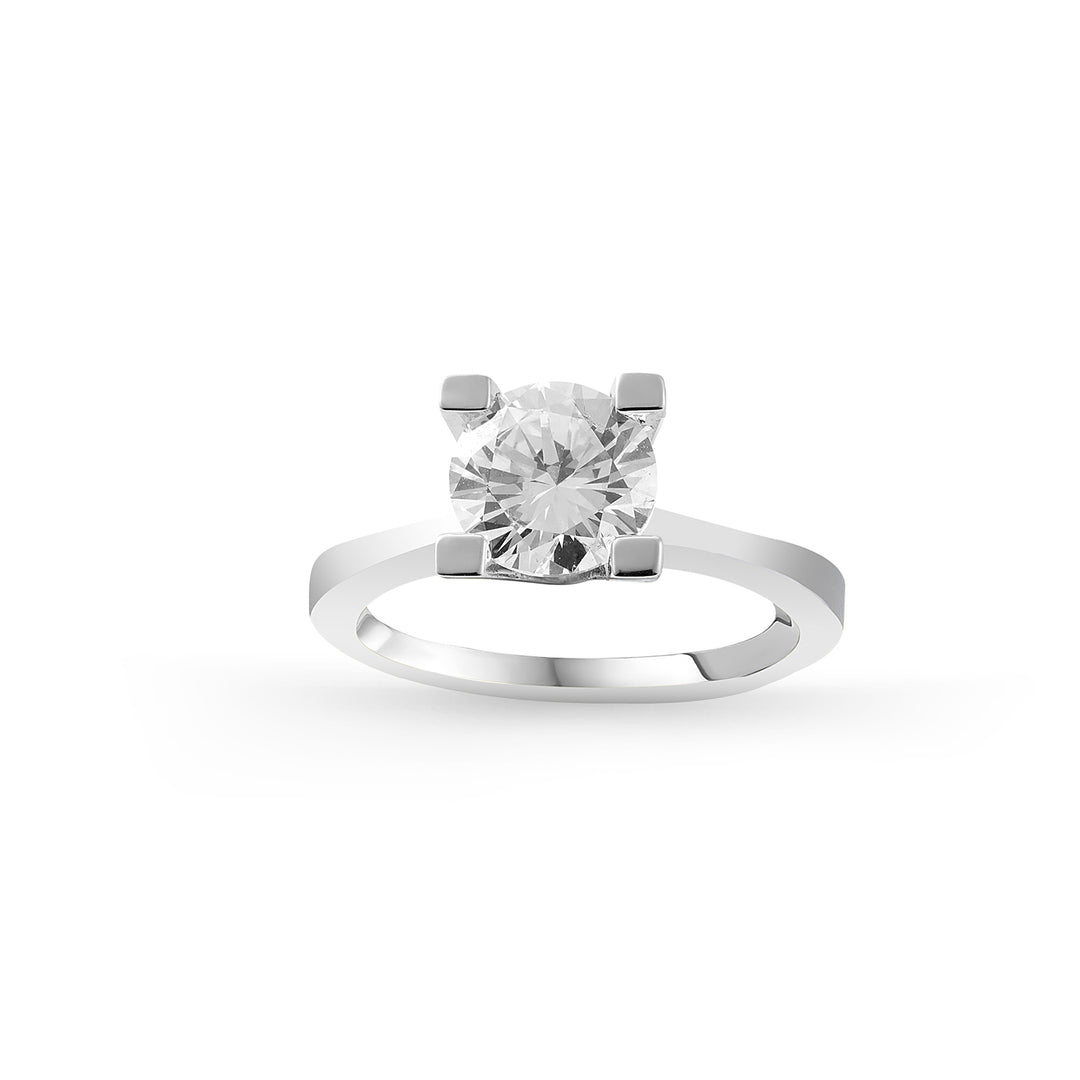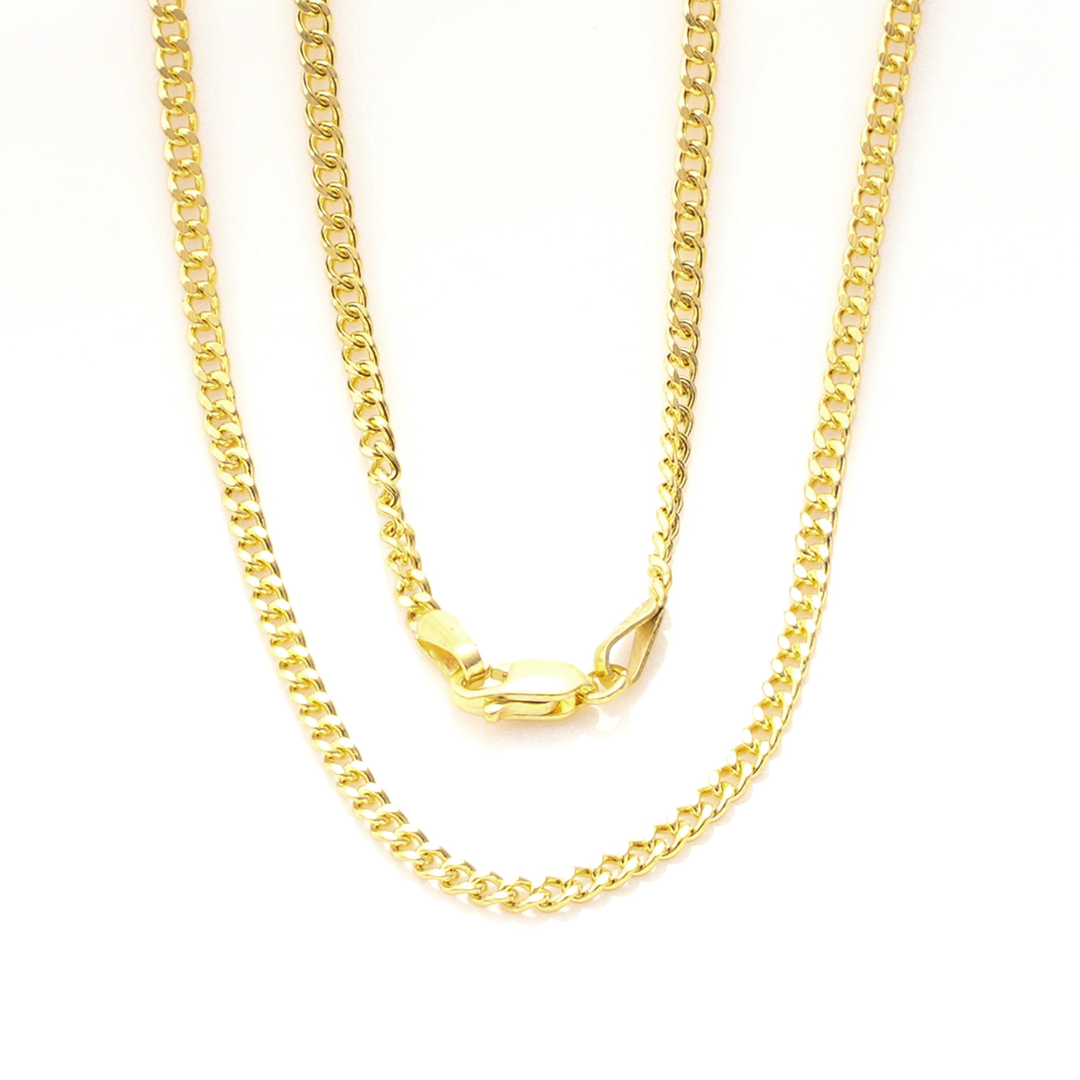History of Gold Chains Allure and Value of gold
The Timeless Allure and Value of Gold: A Journey Through Eras
Gold, a symbol of wealth, power, and beauty, has captivated human civilizations across the globe for millennia. Its intrinsic value and mesmerizing luster have not only made it a preferred medium for monetary exchange but also a central element in jewelry making. Among the various forms of gold jewelry, gold chains stand out as particularly significant. They have traversed cultures and epochs, evolving from simple adornments to powerful status symbols and fashion staples.
The Allure of Gold: More Than Just a Precious Metal
Gold's allure lies deep within its physical and chemical properties. It is immensely malleable, resistant to tarnish, and radiates an enduring shine that seldom fades. Historically, these attributes made gold an ideal material for crafting intricate and lasting jewelry pieces. But the appeal of gold goes beyond its aesthetic and physical traits; its rarity and the difficulty involved in extracting and refining it have made it an emblem of luxury and exclusivity.
Throughout history, gold has played a crucial role in various cultural and religious contexts, often being associated with gods, immortality, and the divine. This connection imbued gold with a mystical charm and profound significance, making gold jewelry, particularly chains, a popular choice for ceremonial and sacred occasions.
Gold Chains as Symbols of Status
The use of gold chains as a status symbol is as old as the civilizations that first mined the metal. In ancient Egypt, gold was believed to be the flesh of the gods, and thus, pharaohs and high priests wore gold chains as indications of their divine authority and to secure a connection with the gods in the afterlife. Similarly, in ancient Greek and Roman societies, gold chains were often worn by the elite to display their wealth and social standing. These chains were not merely decorative but served as indicators of the wearer's importance and influence within their communities.
During the Renaissance, as European explorers brought back gold from the New World, gold chains became increasingly accessible to the nobility, which used them as both adornment and a store of wealth. The intricate craftsmanship of gold chains during this era highlighted the wearer's sophisticated taste and affluence, making them highly prized possessions.
Fashion Through the Ages
As we moved into more modern times, the significance of gold chains shifted with the changing tides of fashion and culture. In the 20th century, particularly with the advent of the hip-hop movement in the 1970s and 1980s, gold chains took on a new cultural significance. They became not only accessories but also powerful symbols of defiance, identity, and community. The oversized, flamboyant gold chains worn by hip-hop artists declared their success and independence, transforming the gold chain into a staple of urban fashion.
Today, gold chains are ubiquitous in fashion, worn by men and women alike as symbols of sophistication and style. The variety of styles—such as the Figaro, curb, and cable—offer a range of expressions from the subtle to the bold. These chains cater not only to personal taste but also to the narratives that individuals wish to convey about their personal style and societal status.
Conclusion
Gold chains, therefore, are much more than simple ornaments. They are a complex interplay of history, culture, and artistry, reflecting the changes in societal norms and the evolution of fashion across eras. Each chain tells a story, whether of ancient rites, royal decrees, cultural revolutions, or personal achievements.
As we adorn ourselves with these magnificent pieces, we do not merely wear a metal but embrace a legacy that has been meticulously crafted, not just by the hands of artisans but through the ages by the very flow of human history. In this way, gold chains remain one of the most enduring and dynamic elements of jewelry, continuously reinventing themselves to maintain their relevance and appeal in an ever-changing world.


